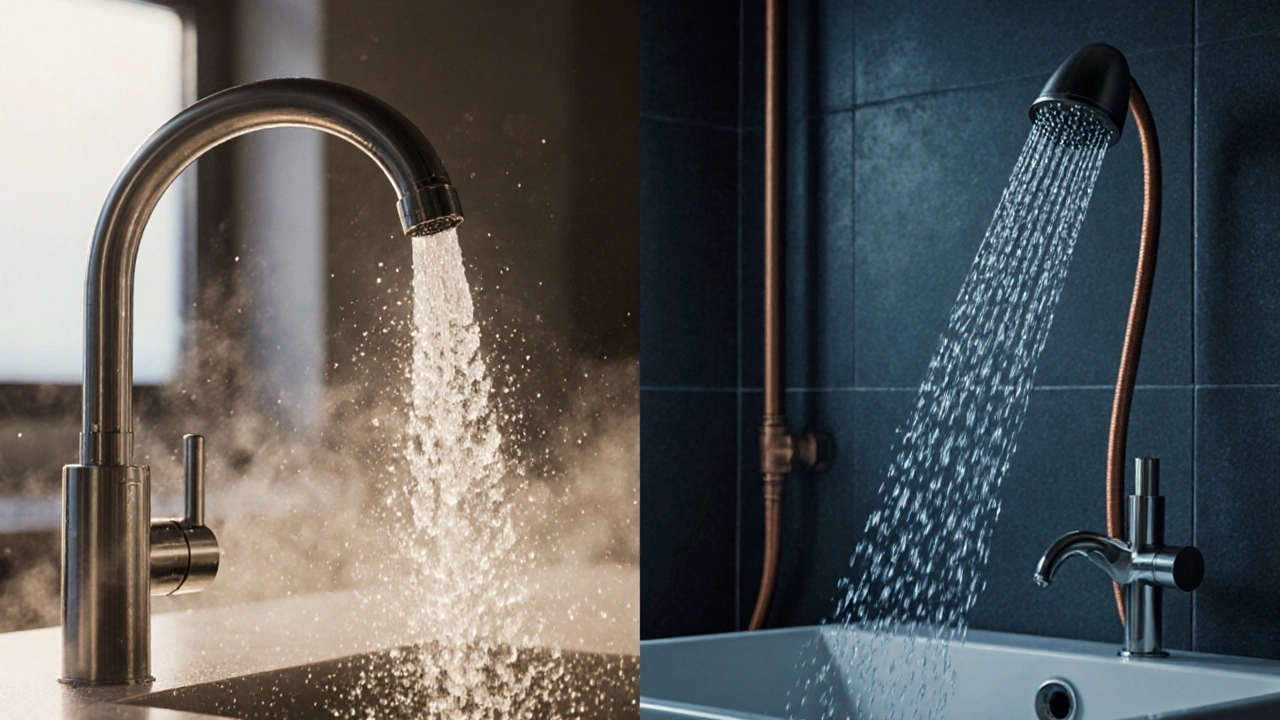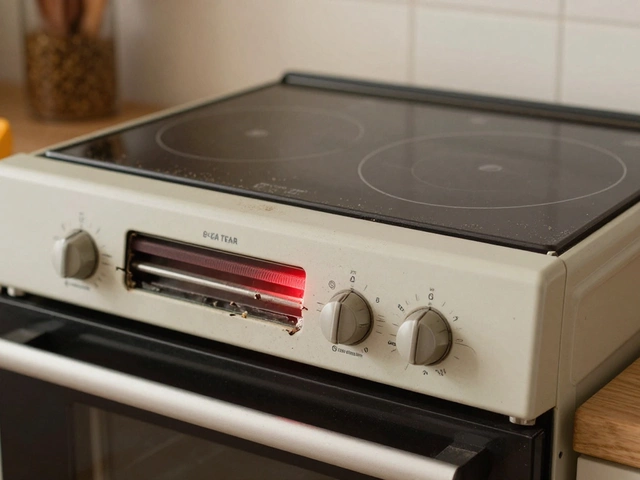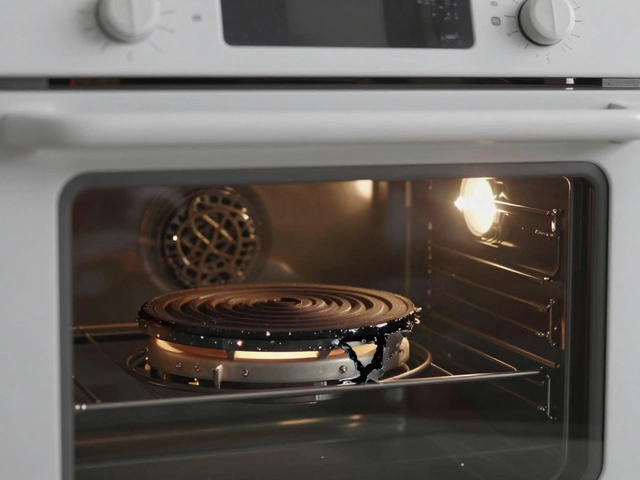Plumbing Temperature Loss – Causes, Fixes & Prevention
When dealing with plumbing temperature loss, the unwanted drop of hot water temperature as it moves through your home’s pipes. Also known as heat loss in plumbing, it often shows up as lukewarm showers or inconsistent radiator warmth. Understanding this issue starts with a look at three key players: boiler, the heart of your heating system that heats water for radiators and taps, water heater, the device that stores and delivers hot water to showers and appliances, and shower valve, the component that mixes hot and cold water for your shower. Together they shape how much heat stays where it belongs.
Why Does Heat Disappear?
First, heat travels along metal pipes that act like tiny radiators. If the pipes are uninsulated, ambient air saps warmth—this is the classic heat‑transfer problem. Second, a poorly tuned boiler can under‑heat water, meaning the temperature drop is built in from the start. Third, a water heater with a failing thermostat or a leaking tank can lose heat before it reaches the tap. Finally, a malfunctioning shower valve may blend too much cold water, creating the illusion of system‑wide temperature loss. In short, plumbing temperature loss is the result of heat escape from pipes, inefficient heating sources, and improper mixing controls. These three factors form a chain: boiler performance influences plumbing temperature loss, and insulating pipes reduces plumbing temperature loss.
When you diagnose the issue, start at the source. Check the boiler’s output temperature with a digital probe; it should match the manufacturer’s set point (usually around 65‑70°C for heating, 55‑60°C for hot water). Next, feel the pipe walls near the boiler—if they’re cold, heat is escaping quickly. Inspect the water heater for sediment buildup, which can act like an insulating blanket around the heating element. Finally, test the shower valve by running water directly from the tank before it hits the valve; if it’s still lukewarm, the valve is likely the culprit.
Practical fixes are straightforward once you know the cause. For pipe loss, wrap fiberglass or foam pipe insulation around any exposed runs, especially in loft spaces or crawl‑areas. Upgrading to low‑loss copper or PEX piping also cuts heat transfer. If the boiler isn’t hitting its set temperature, a professional can clean the heat exchanger, bleed air from the system, or recalibrate the gas valve. For water heaters, a simple flush removes sediment, and replacing a failing thermostat restores proper heating cycles. A faulty shower valve often just needs a cartridge replacement—most modern mixers are DIY‑friendly, but a professional touch ensures safety with the water pressure.
Regular maintenance ties everything together. An annual boiler service checks combustion efficiency, pressure, and heat output, directly preventing temperature loss before it starts. Similarly, a yearly water heater inspection looks for corrosion, leaks, and thermostat drift. Even simple actions—like opening hot taps for a minute before a shower—flush out stagnant cool water, giving you instant temperature consistency. By keeping heating components tuned and pipes insulated, you not only enjoy a reliably hot shower but also shave off energy bills and reduce carbon footprint.
Now that you’ve got the basics of plumbing temperature loss, the collection below dives deeper into each related topic. You’ll find step‑by‑step guides on boiler diagnostics, water heater maintenance tricks, shower valve repair tips, and insulation best practices—all aimed at keeping your hot water hot and your home comfortable.
Discover why hot water reaches the kitchen but not the bathroom, learn how to diagnose the issue, and get DIY fixes plus professional advice.


